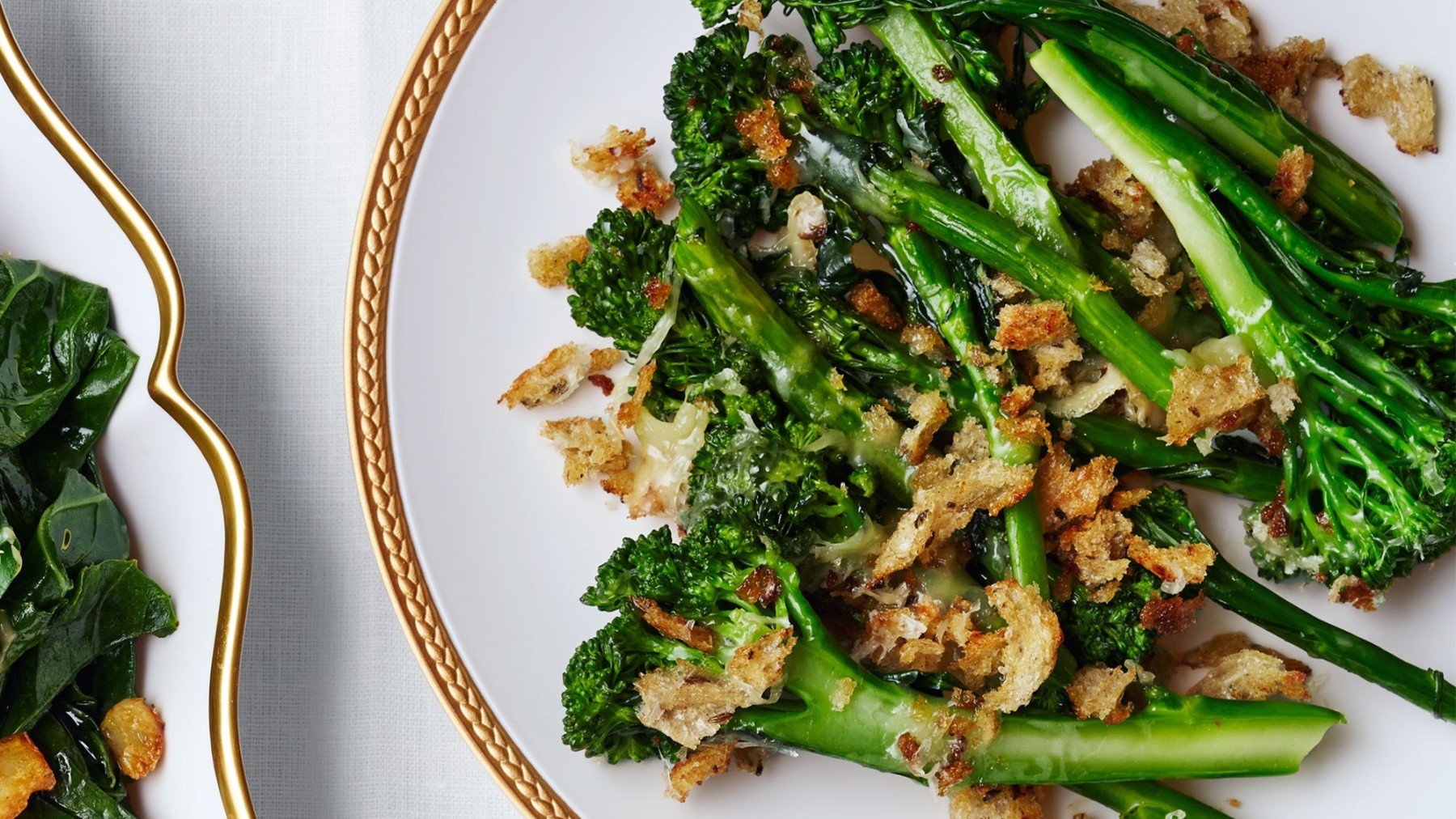Thanksgiving Vegetables: A Gardener’s Guide
Thanksgiving, a cherished holiday celebrated in many countries, is synonymous with bountiful feasts and delicious food. A key component of these festive meals is a variety of fresh, seasonal vegetables. For gardeners, the Thanksgiving season offers an opportunity to showcase their culinary skills and share the fruits of their labor with loved ones.
Several vegetables are commonly associated with Thanksgiving dinners. These include:
Sweet Potatoes: These root vegetables are a staple of many Thanksgiving meals. They can be roasted, mashed, or baked into pies.
To successfully grow Thanksgiving vegetables in your garden, consider the following tips:
Start Early: Many Thanksgiving vegetables, such as pumpkins and squash, require a long growing season. Start your seeds indoors or plant seedlings early in the spring.
Harvest your Thanksgiving vegetables at the peak of ripeness. For example, pumpkins and squash should be harvested after the vines have died back. Store harvested vegetables in a cool, dry place.
By following these tips, you can grow a bountiful harvest of Thanksgiving vegetables and create delicious, homemade dishes for your holiday feast. Whether you’re a seasoned gardener or a beginner, growing your own Thanksgiving vegetables is a rewarding experience.

